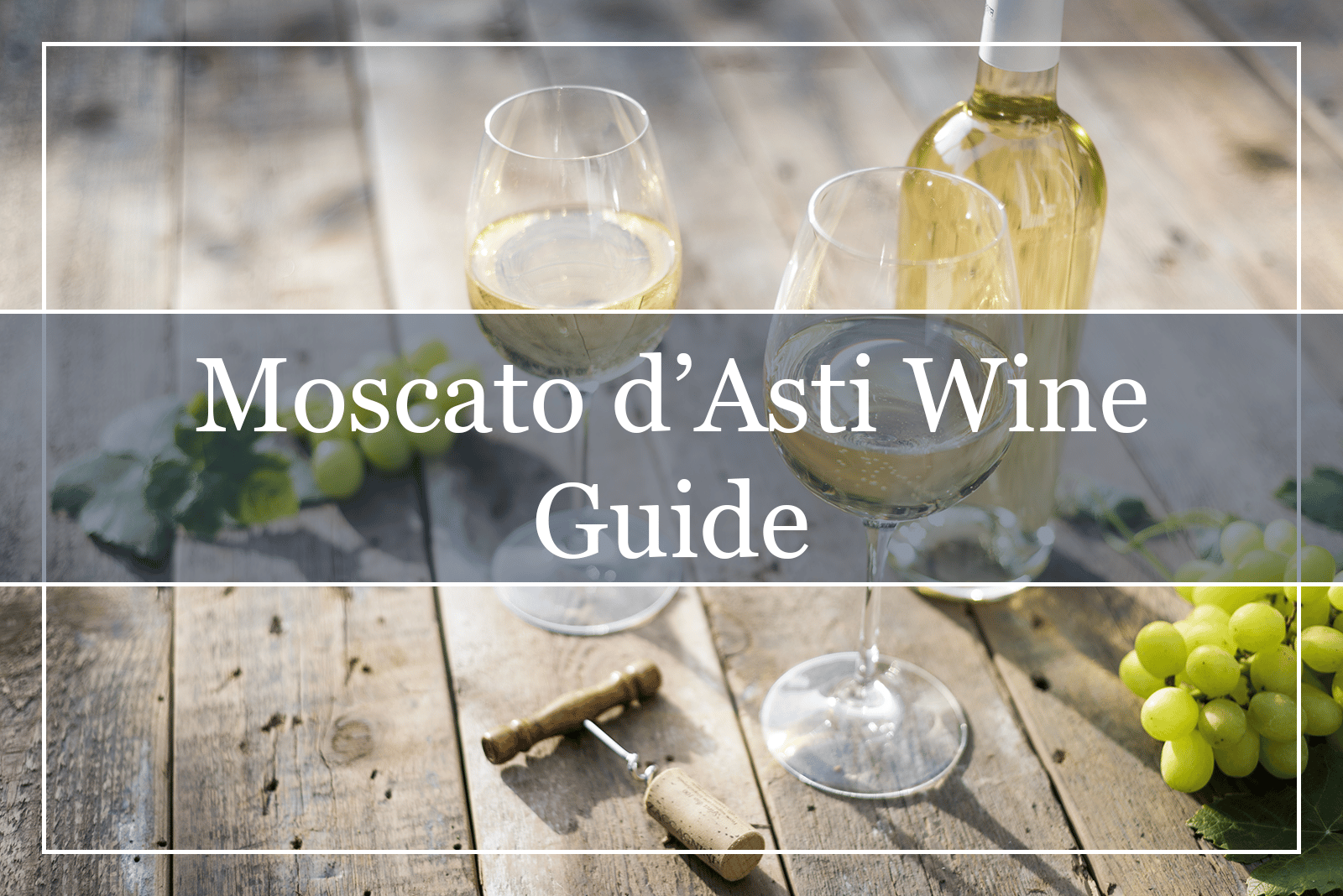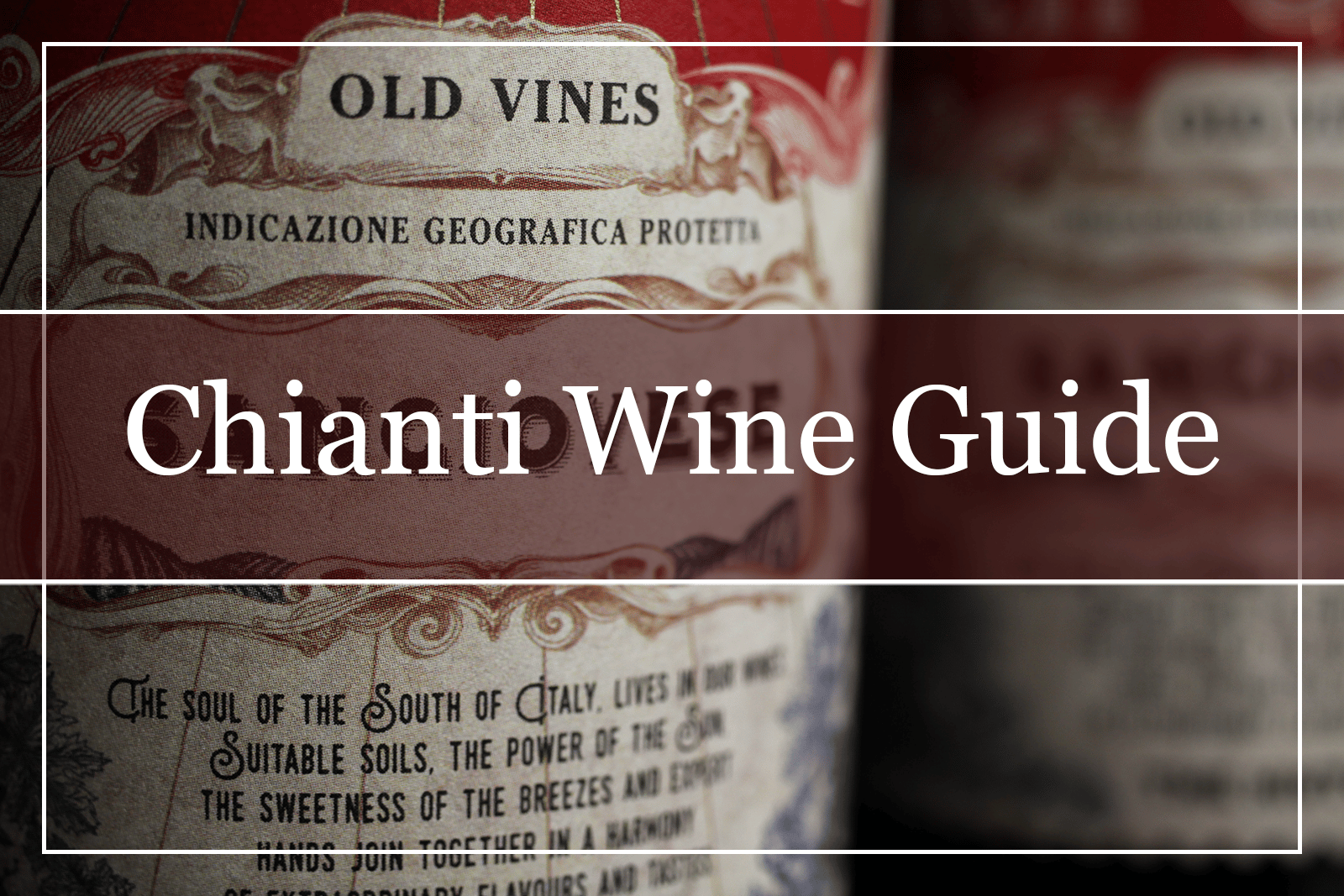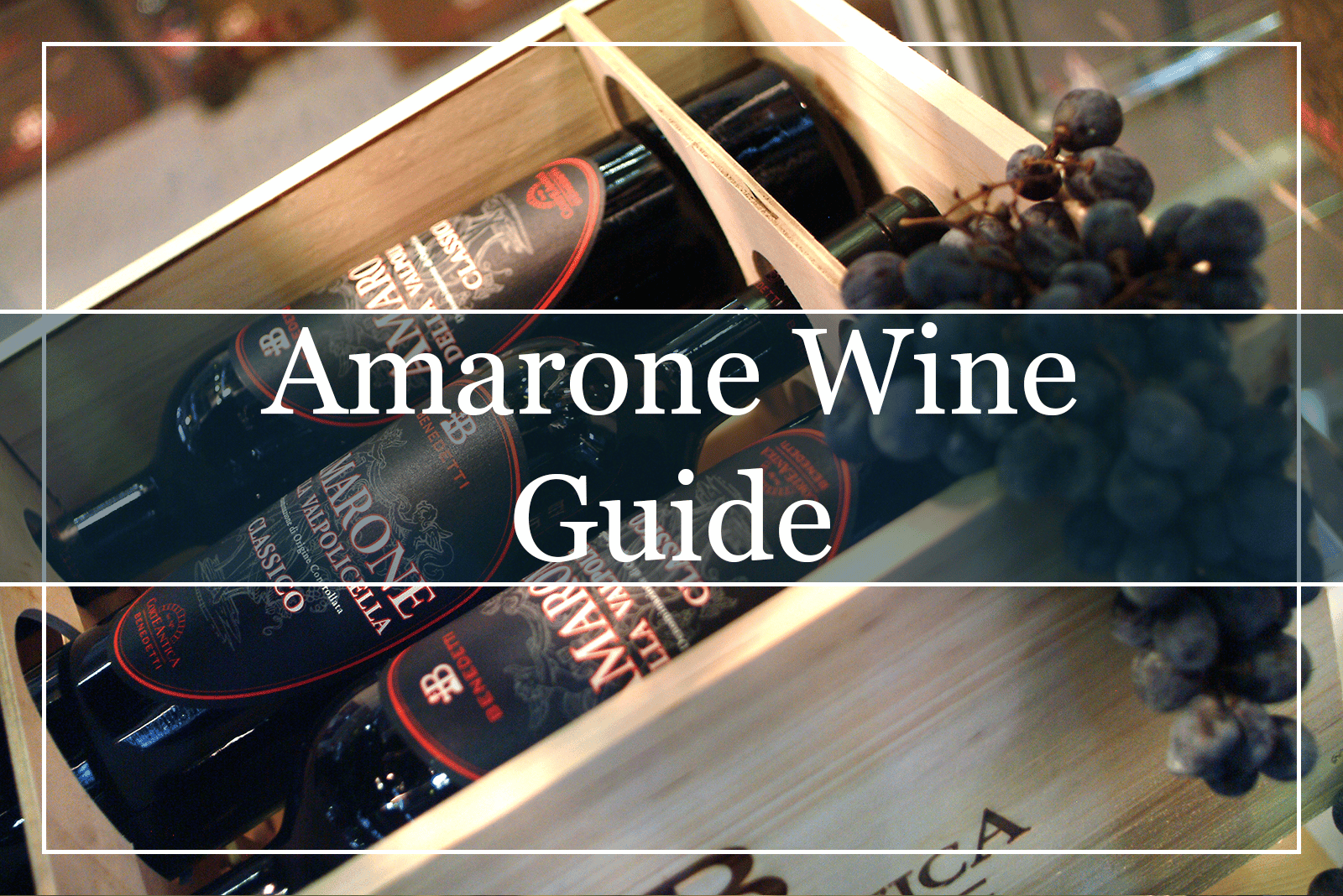What Is Lambrusco?
Lambrusco is a collective term for grape varieties that make sparkling red wine in Emilia-Romagna in northern Italy. So far, over 60 Lambrusco varieties have been identified. Lambrusco grows in many Italian wine zones. From Piedmont (Piemonte) in the north to Basilicata in the south, Lambrusco vines are grown with passion and dedication.
On top of that, the Lambrusco sub-varieties of Lambrusco Salamino di Santa Croce and Lambrusco Grasparossa di Castelvetro require at least 85% of Lambrusco grapes in the blend. Likewise, the Lambrusco di Sorbara wine must contain 60% of this grape, 40% Lambrusco Salamino, and 15% of different permitted varieties.
Lambrusco wine is also produced in Modena and Reggiano (Lambrusco di Reggiano). As in Piedmont, there is a certain flexibility in which Lambrusco can be used in the blend. Lambrusco Maestri is grown to the south in Basilicata, as well as in Emilia-Romagna, its native region. Away from Italy, Maestri is cultivated in Argentina and, recently, Australia. It seems that Italian migrants brought the grape to the Land of Fire.
The Lambrusco characteristics feature delicate and floral notes. In fact, the grape produces some of the lightest red sparklings, frequently in a pale, pink hue. The best Lambrusco wines are refreshing, with sweet-smelling aromas of mandarin orange, orange blossom, cherries, watermelon, and rhubarb.
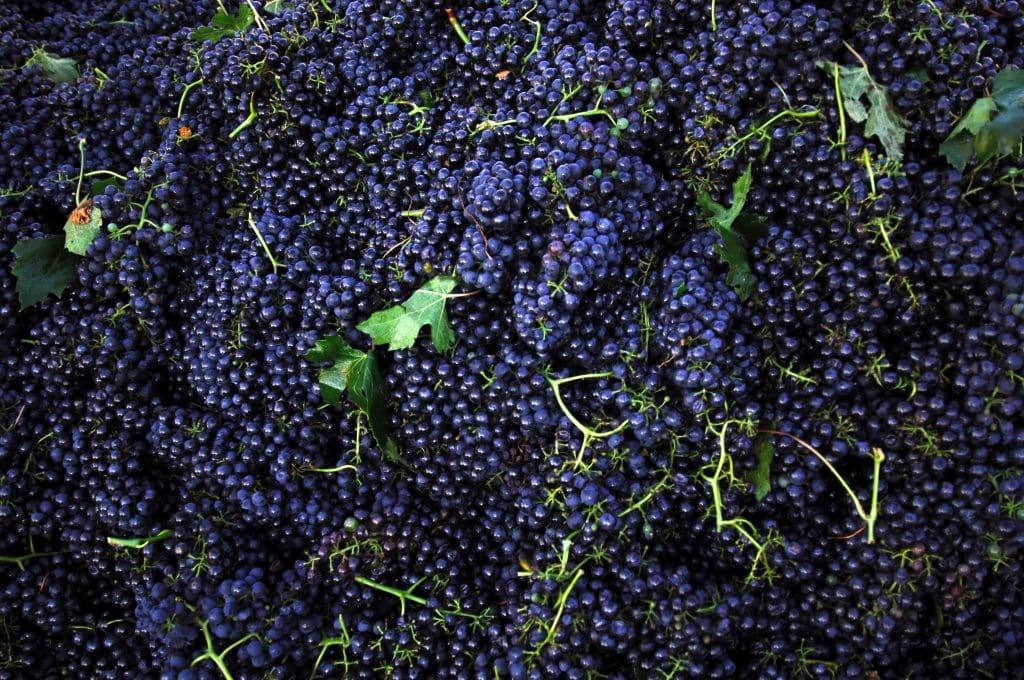
What Color Is Lambrusco?
When it comes to Lambrusco color, Lambrusco vines produce longish bunches of thin-skinned grapes that have a predominantly purple hue. As with every Eurasian grape variety, Lambrusco belongs to the Vitis vinifera grape species. The Lambrusco grapes, during berry ripening, swell and fill with water, while they also become hard and thick to the touch. This ‘véraison’ period, as it is commonly known, signals the point at which the grapes increase their flavor concentration and drop their acid levels. Color pigments form, too, as the sunny conditions, required for the successful ripening, facilitate the whole process.
What Does Lambrusco Mean?
Much confusion surrounds the name Lambrusco. Originally, Lambrusco meant wild vine and was used to identify several grape varieties and clones. As mentioned above, most of these survive today, including Maestri, Monstericco, Marani, and Grasparossa, to name a few. Unsurprising, the Lambrusco word started to represent said grape varieties and their respective wine styles.
How to Pronounce Lambrusco?
The Lambrusco pronunciation is crucial for those interested in joining the inner circles of the international wine community. Pronouncing the name of the grape properly is therefore of high importance. Lambrusco has three syllables. The emphasis falls on the second syllable. Phonetically, Lambrusco looks like this:
lahm-broo-skaw
If you still find pronouncing Lambrusco challenging, there are many helpful audio and video examples online.
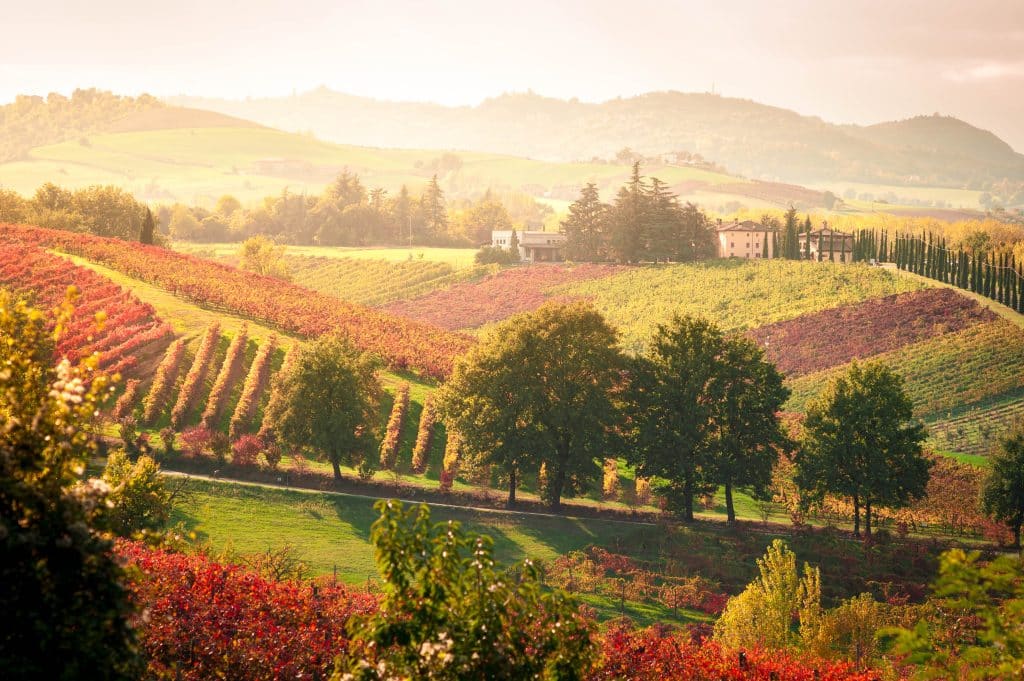
Where Does Lambrusco Come From?
The Lambrusco grape is perhaps the most widespread in northern Italy, extending from the lands of Parma to Modena to Emilia-Romagna. Lambrusco has a long wine-making history. Viticulturists discovered archaeological evidence according to which the Etruscans cultivated the vine first. In fact, in the Roman Empire, Lambrusco was valued for its high yields. Cato the Elder stated that the production of almost two-thirds of an acre could give enough wine for 300 amphoras.
Lambrusco, as previously mentioned, is native to Emilia-Romagna but can also be found in the surrounding areas of Grasparossa di Castelvetro, di Sorbara, di Modena, and Salamino di Santa Croce. Emilia-Romagna is the largest of the five Lambrusco regions. It produces an impressive quality of the bubbly wines that every year are exported to the United States and northern Europe.
Outside Italy, Lambrusco is cultivated in Australia and Argentina. In Australia, there are box wines sold as Lambrusco. These are medium-sweet and marketed as easy-sipping products. In Argentina, there are hundreds of planted hectares of Lambrusco Maestri.
What Kind of Wine Is Lambrusco?
Lambrusco is a vibrant colored grape that gives fruity sparkling red wines. That said, there are many categories of Lambrusco wines to try, but almost always, Lambrusco is produced as a refreshing, fruit-forward, and highly aromatic bubbly. For example, Lambrusco di Sorbara is the lightest of Lambrusco, with cherry and watermelon notes. At the same time, Lambrusco Salamino is made in the sweetest possible style and shows a high tannin structure, creaminess, and pronounced black fruit flavors.
On that note, bear in mind that Lambrusco wine had a very high profile at the beginning of the 21st Century. That was because, during the 1970s and the 1980s, sweet Lambrusco was the best-selling imported wine in northern Europe and the United States.
Is Lambrusco Dry or Sweet?
Pinning Lambrusco down to a black-and-white profile is difficult as the grape gives several wine styles with various levels of dryness and sweetness. For the most part, Lambrusco is an off-dry sparkler, but there are also secco (bone-dry), amabile (off-dry), and dolce (sweet) examples. So much about the flavors and personality of the wine depends on the winemaker’s intent. On top of this, in Lambrusco’s case, the terroir does not play a significant role in shaping the wine’s character, as Lambrusco grapes are naturally high-yielding, irrespective of the inclination of the vineyards.

The Charmat Method
Years ago, Lambrusco was made with either the ‘méthode traditionnelle’ or ‘méthode champenoise’, which involved two fermentations, with the second taking place in the commercial bottle. Today, however, most Lambrusco wines are mass-produced, with the secondary fermentation happening inside stainless-steel tanks. Known as the Charmat or Tank Method, this fermentation process is associated with the production of Prosecco. The Tank Method ensures a perfect balance between sparkling acidity and sweetness.
After harvest, the Lambrusco grapes are de-stemmed, pressed, and crushed to release their juice. This grape juice undergoes two separate alcoholic fermentations. During the first, it is placed inside large tanks to preserve fresh fruit flavors. Afterward, the fermented juice goes into another vessel, this time pressurized, to conserve natural vibrancy. When it is over, the wine is filtered from sediments and bottled, again, under pressure.
What Does Lambrusco Taste Like?
Lambrusco tasting notes highlight the frizzante style. Whether dry, off-dry, or sweet, Lambrusco always invigorates. There might be many different Lambrusco grape varieties (10 to be exact), but most share the same qualities.
The Lambrusco aroma is sweet and floral, with delicate honeysuckle, mandarin orange, and orange blossom notes. Fragrances of cherries, watermelon, and violet are typical on the nose, too, offering a distinctive aromatic experience. As the wine enters the mouth, bold blueberries and black currant flavors emerge, while creamy bubbles mingle with chocolate touches. On top of that, fine-grained tannins support the palate, while sparkling acidity guarantees flavor balance.
A sip of Lambrusco is always welcome and refreshing. Whether drinking it poolside or during a light-hearted meal, Lambrusco is vibrant and, considering that it comes in both sweet and dry styles, it satisfies the taste buds with every sip!
How to Serve Lambrusco?
For optimum Lambrusco taste, chill the wine in the fridge before serving it at lunches, dinner parties, or picnics. By doing so, the red fruit flavors get immensely more refreshing and crispier. The best temperature to serve frizzante Lambrusco is 45-50°F (7-10°C). On the other hand, a medium-to-full-bodied Lambrusco, such as Lambrusco Grasparossa di Castelvetro, is superb at 55-60°F (13-15°C). Lambrusco is best served in regular medium-sized red wine glasses or tulip-shaped glasses. The wide bowl of the tulip glasses helps sparkling Lambrusco preserve its foam while offering room for aeration, enabling the complex aromas and flavors to shine.

Not Suitable for Bottle-Aging
There is no benefit to aging Lambrusco. You do not help it unlock additional aromatics and flavors by putting it away for long-term storage. The wine will be just fine for no more than 6 months from the date of bottling if stored in an odor-free environment with temperatures that do not fluctuate.
How Long Should Lambrusco Breathe?
Lambrusco is mainly a lightweight sparkling. As such, therefore, decanting and letting it aerate for an extensive period is not recommended. You could try it if that’s what you want, but it will have zero effect on the taste. Instead, strive to serve a Lambrusco bottle as soon as you uncork it to preserve its fizziness and acidic nature. And don’t worry, when it comes to aeration. By swirling the wine in the glass, you give it plenty of time to interact with the oxygen in the air and reach its full potential.
What Food to Pair With Lambrusco?
As an elegant sparkling wine from Emilia-Romagna, Lambrusco is one of the most food-friendly. It might be a red sparkling, which is a bit unusual, but as Emilia-Romagna is such a fantastic gastronomic region it offers numerous food combinations with Lambrusco. Besides, a wise food and wine pairing rule says that what grows together goes together, so wines and food from the same region complement each other harmonically. Consequently, when it comes to Lambrusco food pairing, it pairs amazingly with Prosciutto di Parma, Bolognese sauce, mortadella, and balsamic vinegar di Modena.
Medium-to-full-bodied Lambrusco, like Lambrusco Grasparossa, accompanies red meat-based dishes incredibly well, such as beef braciole (thin meat filled with cheese filling) and slow-cooked shredded Ragù pasta, or a savory sausage pizza. On the other hand, lighter, more delicate Lambrusco di Sorbara wine pairs ideally with seafood, shellfish, or creamy pasta. The sweetest Lambrusco styles, though, are superb with spicy dishes from Thai or Indian cuisine.
Feel free to use herbs abundantly with foods that are going to be paired with Lambrusco. Curry, coriander, red pepper flakes, cayenne pepper, or smoked paprika are some recommended herb choices to use. Remember also that Lambrusco’s high acidity cuts through fatty foods, such as salumi too.
Lambrusco Cheese Pairing
This sparkling is incredible with hard cheeses or fresh soft cheeses from cow or sheep’s milk. Sure, the most iconic combination is with the local Parmigiano-Reggiano, since Lambrusco comes from the Parmesan land, indeed, but cottage cheese, Mozzarella, and Ricotta are solid options, too. The cheese could be served as a cheeseboard or form part of dishes such as a spaghetti Bolognese or pepperoni pizza. Lambrusco goes well with cheeses from goat’s milk, including Tymsboro or Bonne Bouche, too.

How Much Alcohol Does Lambrusco Have?
The Lambrusco alcohol content is in the range of 7 to 9% ABV. That is typical for sparkling wines. It also means that Lambrusco works well as a daily dinner drink. Before consuming it, however, check the label on the bottle to be more precise and always enjoy the wine responsibly.
How Many Calories Are There in Lambrusco?
Lambrusco might not be the best wine choice when it comes to calories. Made in an off-dry and sweet style, it has a high residual sugar level. The carbs in Lambrusco are 4 to 7 per glass, while the calories are about 160 per serving. Consumers on a diet may have to think twice before consuming Lambrusco regularly.
Conclusion
Lambrusco is a great wine—unpretentious, simple, and refreshing. It brims with red and black fruit and is balanced by bracing acidity. With enough fizz to produce a pleasant sensation on the taste buds, Lambrusco is delicious beyond comparison. Undoubtedly, it is a prime example of dedicated Italian wine-making. It was loved once and then put aside because of its pronounced sweetness, but Lambrusco still makes an outstanding summer wine!




